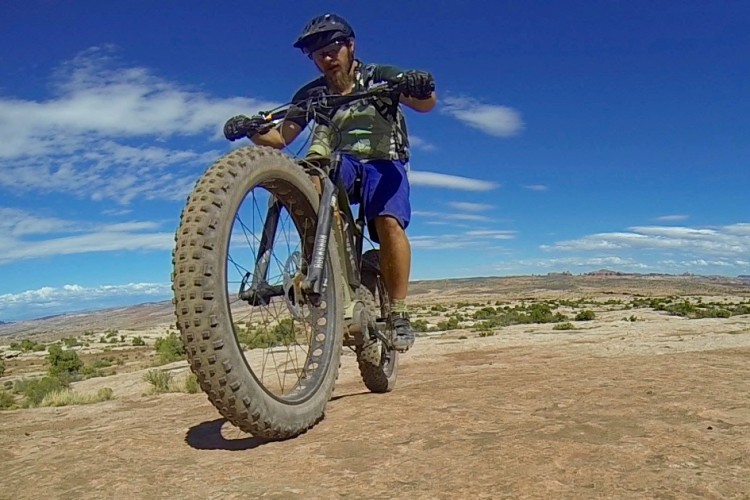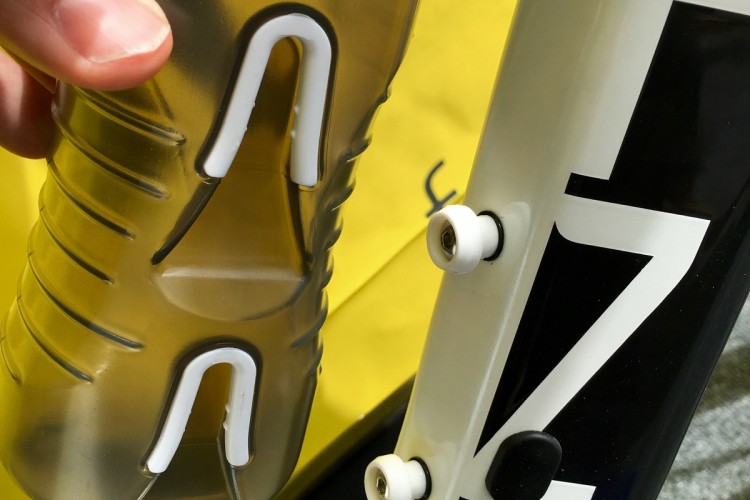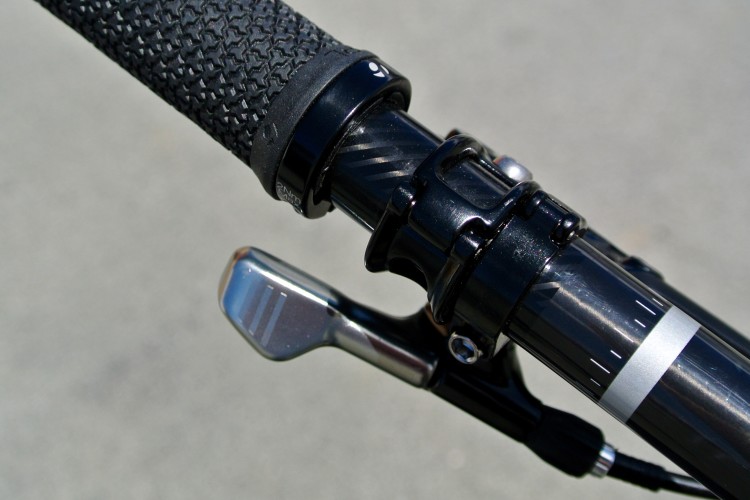Mountain biking, like many modern sports, is built on a foundation of continuous technology improvements and electric mountain bikes are just another development in that progression. It’s unfair to discriminate against trail users based on the equipment they choose to utilize and it’s hypocritical for mountain bikers–long blocked from trail access by ultra low-tech hikers–to discriminate against riders who choose to utilize the latest technology out on the trail.
Perhaps the easiest argument to make against electric mountain bikes is that they’re motorized and there is a long precedent for distinguishing between motorized and non-motorized trail use. But the most often-cited reasons for that distinction–noise and trail damage–don’t apply to electric mountain bikes. The latest e-MTB models are silent and don’t feature a throttle, making it nearly impossible to break traction, let alone cause the type of trail damage normally associated with motorized off-road vehicles. Electric mountain bikes are also much lighter than gas-guzzling dirt bikes, which keeps their impact on par with the mountain bikes already on the trail.
Proponents of e-bikes talk about the potential to expand the sport of mountain biking which is good or bad depending on how you look at it. But consider the types of riders e-bikes can potentially put on the trail: older riders who don’t have the same power they used to, people with physical handicaps, or mountain bikers recovering from injuries. Banning anyone from a trail based on their abilities or inabilities is obviously a non-starter.
Adaptive mountain biking is well established and adding an electric motor is just another adaptation some riders may need to help them on the trail. It’s a slippery slope to start designating which bike technologies are allowed on the trail and which ones aren’t. Banning electric drivetrains would be like banning hydraulic disc brakes on certain trails because they’re too easy to operate compared to rim brakes. Insane!
Electric mountain bikes are heavier than their cross-country equivalents (though similar to many DH sleds) which some have argued makes them potentially dangerous on backcountry trails where a failed battery can leave an unfit rider stranded miles from the nearest exit point. The argument goes that e-bikes shouldn’t be allowed on these trails because they can be dangerous for unprepared riders and potentially increase search and rescue costs for emergency responders.
This is true: e-bike riders need to be responsible, but in the same way all mountain bikers do. A trip into the backcountry without a spare tire or pump is potentially disastrous with or without an electric drivetrain. Yet, you won’t see a note at the trailhead requiring riders to carry emergency items in their packs or barring riders who choose to go out unprepared. Personal responsibility remains in effect for everyone. [In fact, many communities already charge individuals for a rescue if it’s determined the individual should have made more adequate preparations.]
But say the battery didn’t run out and instead, the rider lost one pedal (this has happened to me) or injured a leg. With power assist, an e-bike ends up assisting in a rescue rather than necessitating one. Now I won’t go so far as to say every bike should be equipped with an emergency battery but that’s food for thought.
Finally, some may argue about potential collisions and conflicts between e-bike riders riding along at much faster speeds than their non-assisted brothers and sisters. For this reason, the argument goes, e-bikes should not be allowed on the same trails as regular mountain bikes. In reality, e-bikes include speed governors with even the most liberal government-mandated caps landing at 28mph or less. Even then, riders need to put in a significant effort to reach those speeds. Fast riders and slow riders have been sharing the trails for decades and we’ve even established etiquette like downhill riders yielding to the (slower) rider who is climbing. While some e-bike specific norms may need to be established, the differences between e-bike and non-e-bike riders are not so significant that they can’t share the trails.
Adding an electric drivetrain to a mountain bike is no different than kitting a rig with the latest tech in suspension or even hydraulic disc brakes. We all ride for the same reasons–fun, exercise, and experiencing nature–so everyone deserves access to the same trails without regard to the equipment they need or prefer.
This is just one side of the debate. Be sure to read Greg’s article, arguing against e-assist mountain bikes on mountain bike trails.





















